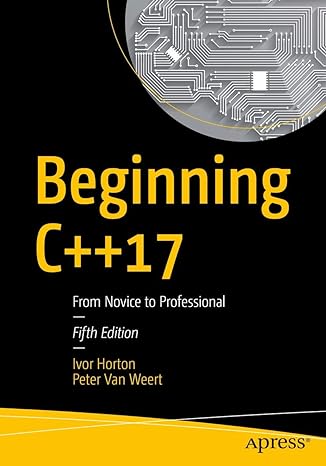Panda3D is an open source, multi-platform, 3D rendering engine for developing games and VR (Virtual Reality). It was developed by Disney Interactive in 2002. It is written in C++ and Python. This engine targets the platforms of Windows, Linux, MacOS and Silicon Graphics workstations running Irix. The most stable version of this engine is released in 19 March, 2020. Panda3D is a free licensed engine under BSD license.
Disney VR studio, the branch of Disney, was created to build 3D attractions for Disney theme park in 1998. The engine was developed for “Aladdin’s Magic Carpet” and was later called Panda3D. The engine is used in many 3D rides. Then it was first used in a MMORPG (Massively Multiplayer Online Role-playing Game) named ToonTown Online in 2003.
In 2002, the engine was released as an open source engine. The reason behind this step was to work with universities’ research projects of Virtual Reality. This allowed Carnegie Mellon’s Entertainment Technology Center to take part in the development of Panda3D for the public use. They wrote documentations and added some high-end features like shaders to the engine. But the main effort is done by Disney developers.
Though the engine is written in C++, it is intended to develop games in Python language because Python is a high language and has properties of rapid development and memory management. It provides a Python interface and allows developing games in C++. As its core is in C++, it has a high-performance level.
Panda3D also supports libraries for further functionalities like OpenAL, Bullet Physics engine, sound libraries and more. Web plug-ins are also offered by Panda3D which allow user the development of any application to all the major browsers. The engine provides rendering support for DirectX, OpenGL and Pixar’s Render-man. Panda3D has tools which track down performance bottlenecks, examine internal state and memory leaks.

Master modern programming with Beginning C++17 – your gateway to building powerful, efficient, and future-ready applications!
View on Amazon
This game engine has support for automatic shader generation, so that users can use normal maps, gloss maps, glow maps, HDR, cartoon shading. It uses standard modeling programs like Blender, 3ds Max or Maya for 3D models.
Features:
- High Dynamic Range
- Real-Time Shaders Framework
- Physics and Collisions
- Character Animations
- Web-Plugins
- Debugging Tools
- VR
- Scripting Languages
Games Developed in Panda3D




Some Other Useful Resources:
- Official Website: https://www.panda3d.org/
- Documentation: https://docs.panda3d.org/1.10/python/index
- Source Code: https://github.com/panda3d/panda3d
- Wikipedia Link: https://en.wikipedia.org/wiki/Panda3D






 Stay at the forefront of game engine technology with this definitive resource on real-time rendering, packed with cutting-edge techniques and insights for creating stunning visuals in modern games.
Stay at the forefront of game engine technology with this definitive resource on real-time rendering, packed with cutting-edge techniques and insights for creating stunning visuals in modern games.